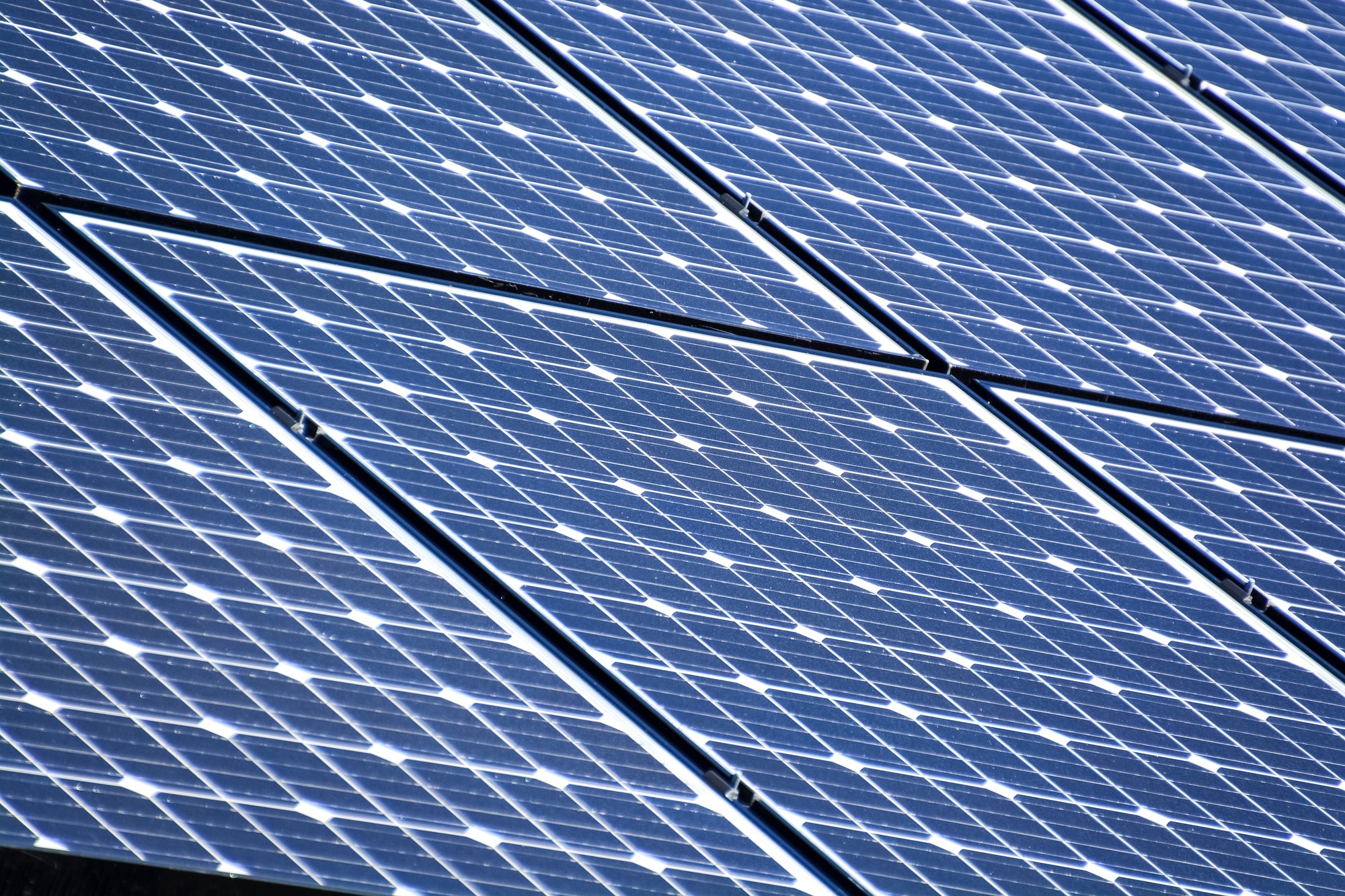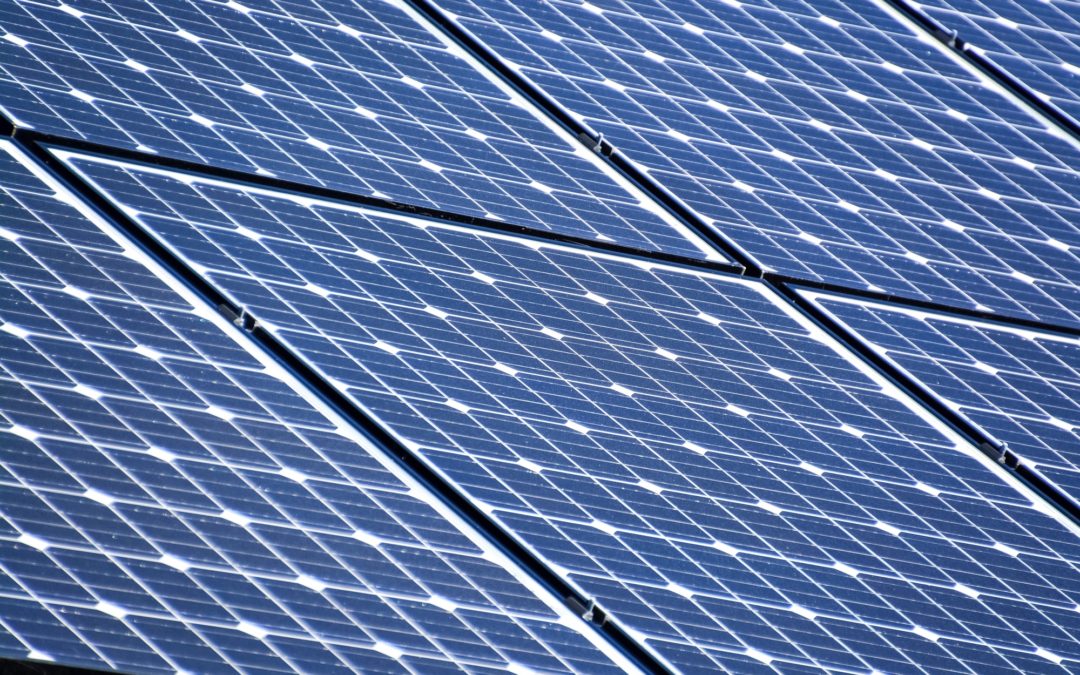
If solar panels were installed on the roof of all the buildings at Australia’s largest airports, it would generate electricity for 136,000 homes. This figure is presented in a study done by Australian RMIT University.
In a press release, the researchers behind the study point out that airports are particularly suitable for solar panels. There can’t be any tall trees or buildings near Australia’s 21 federal airports for the aircraft to land safely. This means that there is nothing that shades the sun. Usually, the airports have very large and flat roofs, which also make them optimal for solar panels.
To check if the hypothesis that airport roofs could be optimal for solar panels, they compared the energy production with an existing city. They selected the city of Bendigo, where 17,000 homes already have solar panels installed. In total, solar energy generates close to twelve-gigawatt hours in Bendigo. It turned out that if only Perth Airport installed solar panels wherever possible, it would generate twice as much electricity as all solar panels combined in Bendigo.
“Based on our solar radiation analysis, we know airports with decent solar systems could not only be self-sufficient but would generate enough electricity to send the excess back into the grid” says Chayn Sun, and by the researchers behind the study in a press release.
Not all airports are suitble for sun panels in the same degree as Perth.
But even Melbourne Airport could provide more electricity than all solar panels in Bendigo. The researchers studied only the 21 federal airports, but there are also 150 private airports that are well-suited for solar panels.
“Australia is facing an energy crisis, yet our solar energy resources – such as airport rooftops – are being wasted.” Chayn Sun says in the press release.
“Harnessing this power source would avoid 63 kilotons of coal being burned in Australia each year, an important step towards a zero-carbon future”, says Chayn Sun.
Image: Unsplash.





